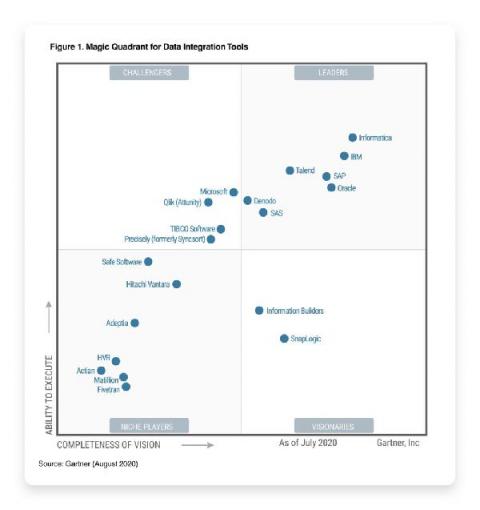Connect the Data Lifecycle: The power of data
There’s no doubt that cloud has become ubiquitous, and thank goodness for that in 2020. We wouldn’t have survived the challenges of this year without cloud. It’s supported everything, from the sudden changes in the way we work to the way we access healthcare and even shop for vital goods. While cloud is the vehicle, it’s what sits on it that makes it so valuable — data.





